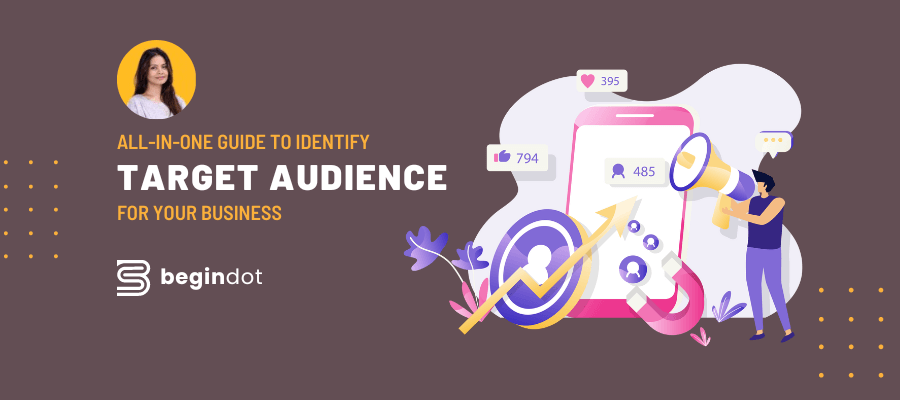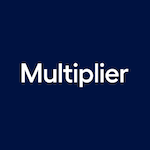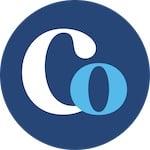So, after months of putting in blood, sweat, and tears, your latest product is finally here. Now what? How do you get the word out and ensure that you’ll be able to reach folks who are most likely interested to buy it?
You don’t really have to exhaust yourself trying to get everybody’s attention. The thing about marketing is, you’ll end up reaching no one if you’re trying to reach everyone.
Sure, people might come across your ad, but what’s the point if they’re not exactly the ones you’re attempting to convert? You need to have a specific audience in mind.

Here’s what your next move should be: define your target audience.
In this all-in-one guide, you’ll learn everything there’s to know about identifying your target audience – from what it is, its different types, why it’s crucial to have an ideal audience, and several proven ways to determine who they are.
Ready to get started? Let’s do it!
Table of Content
What Is a Target Audience?
A target audience refers to a group of consumers who will most likely benefit from your products or services. In other words, it’s the population you should focus on promoting your campaigns to. It can be defined based on various factors such as age, location, profession, annual income, lifestyle, interests, and buying habits.
Depending on what you offer, your target audience can be a niche group or broader. If you own a shoe store, for instance, it makes perfect sense to target the general public as everyone wears shoes.
However, if you specifically sell high-quality hiking boots, then you’ll only want to tailor your ads to seasoned and first-time hikers.
Successful marketers will tell you that the goal isn’t to sell your products to everyone, but only to those who may have a need for them. That’s why outlining and understanding your target audience should be a top priority in every marketing strategy you incorporate.
Types of Target Audiences
In case you’re wondering, you can actually have different target audiences. That way, you’ll be able to use marketing channels that perfectly align with their needs. Below are the three most popular group categorizations many brands use to further segment their consumers:
Purchase Intent
Purchase intent groups consist of prospects who are actively looking for a specific product. They want to learn more about it before making a purchase. Since they already have a particular item in mind, persuading them with a compelling message is the only task you should concentrate on.
Special Interest
Segregating groups based on their interests, such as hobbies and entertainment preferences, can help you craft data-driven, highly customized campaigns. You’ll be able to connect with your target audience in meaningful ways that can build and maintain brand loyalty.
Subculture
When we say subcultures, we’re talking about groups of people that share similar beliefs and experiences. Understanding their motivations makes it easier for you to engage them through your messaging.
Why Do You Need a Target Audience?
There are tons of reasons as to why businesses like yours need to find and identify a target audience.
Perhaps the biggest benefit you’ll get is that you’ll be able to determine where to execute and place your marketing campaigns to generate the best results.
For example, if you know that the majority of your target audience spends their time on Facebook, then you don’t have to waste your time grabbing their attention on other platforms.
Also, by understanding what your prospects care about, you can create content specifically designed to reach them. You can tailor your message in a way that resonates with them and gets them to take the desired action.
With the right targeting strategy in place, you can make sure that your content reaches the people you want it to reach – and that they take notice of it.
Finally, identifying your target audience lets you refine your current offers and develop future ones that meet their interests. This increases the chances of your next campaigns to succeed, and you certainly can’t say no to that.
Tried-and-True Ways to Identify Your Target Audience
Defining the people you want to target in your ads can be quite a chore. However, once you’re familiar with the steps, you’ll feel more confident in your search for the right target audience.
So, what are these steps that you should take note of? Let’s have a closer look at them below!
1. Pay Attention to Your Existing Customers
Your customers play a key role in the creation of your target audience. Studying those who already bought from you can provide valuable insights into who else might be interested in what you’re selling.
Look for common characteristics among your current customers and use that as a starting point for further research. How old are they? What do they do for a living? Where do they live? It also helps to compare patterns between your loyal, repeat customers and those who only purchased once.
Besides learning more about your current customers, you should take the time to talk to them as well. It’s the easiest way to discover what they love most about your brand, which in turn, can help you with your ad copy.
2. Conduct Market Research
Conducting in-depth research will no doubt help you identify the current trends in your industry. As this will give you a clear idea of what gaps are there in the market, this can be a great opportunity for you to find a unique selling proposition for your product and establish your position.
3. Spy on Your Competitors
Keeping tabs on the strategies of your competitors is another efficient way to determine your target audience.
Take a look at who they’re targeting on their marketing. Who are they addressing in their ads? What pain points are they emphasizing on? What platforms are they using to advertise?
Analyze their ads, messaging, and brand to build a target audience and see how it compares with that of your own. Take note of the content they share, especially the ones that their audience interacts with the most.
4. Create Buyer Personas
Buyer personas are profiles of idealized customers that represent your target audience. Creating them can provide you a deeper understanding of your ideal market, as it helps you get inside their heads and think about the type of content they would respond positively to.
Additionally, creating detailed buyer personas can help you more easily identify potential customers and target them with the right messaging. This will not only save you time and effort in the long run, but it will also give your content a better chance of success.
5. Test Different Demographics
After identifying your potential target audiences, test them by creating content specifically for each one. Monitor the performance of each piece of content to see which demographic is more engaging and therefore more likely to become your core audience.
Wrapping Up
Now that you’re equipped with a few tactics to identify your target audience, it’s time to get started. Keep in mind, though, that it may change over time as your business grows and adapts. The key is to always be aware of who you are trying to reach with your marketing efforts.
By clearly identifying your target audience, you can ensure that your marketing campaigns are highly effective and produce the best possible results.









